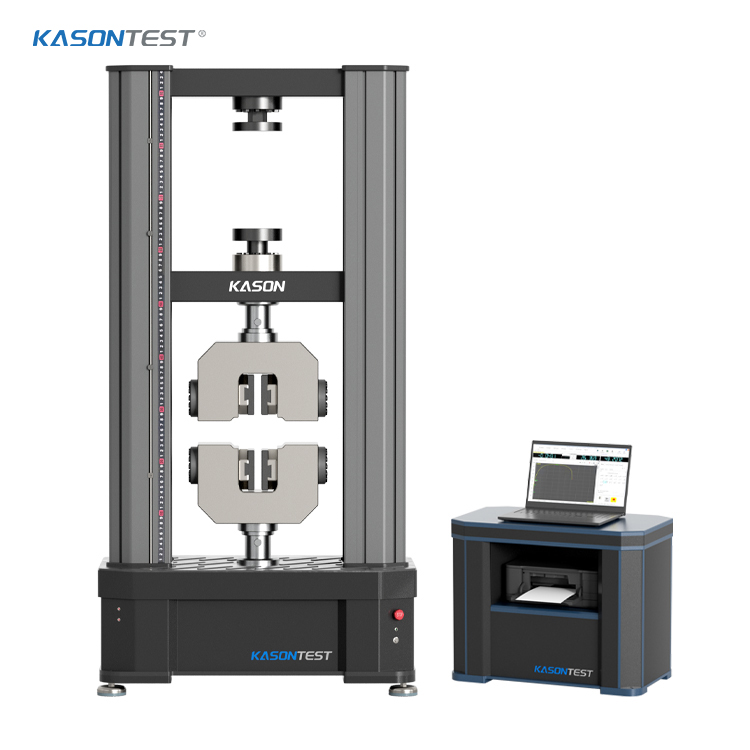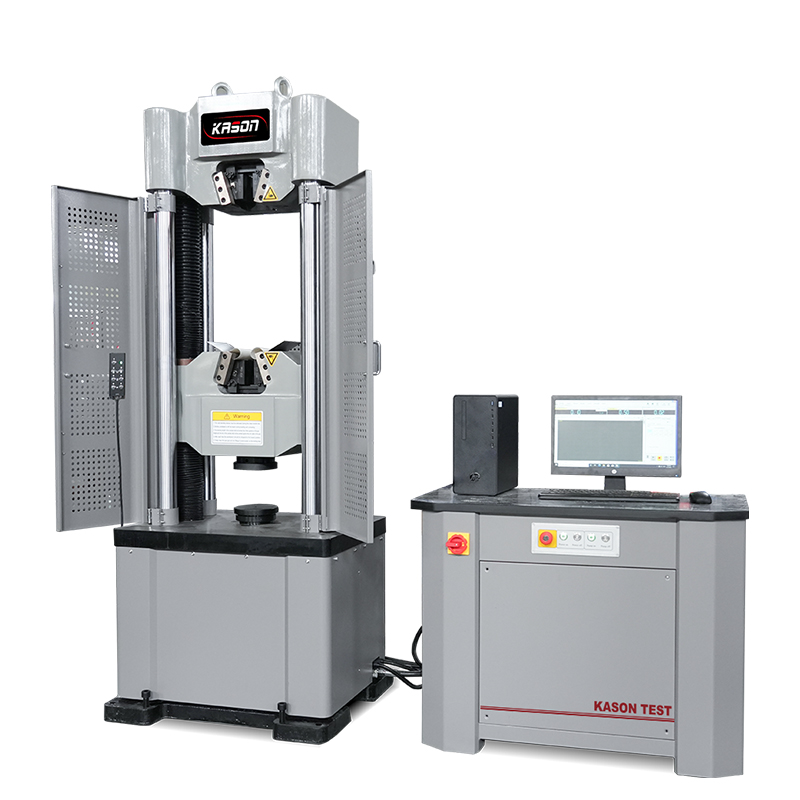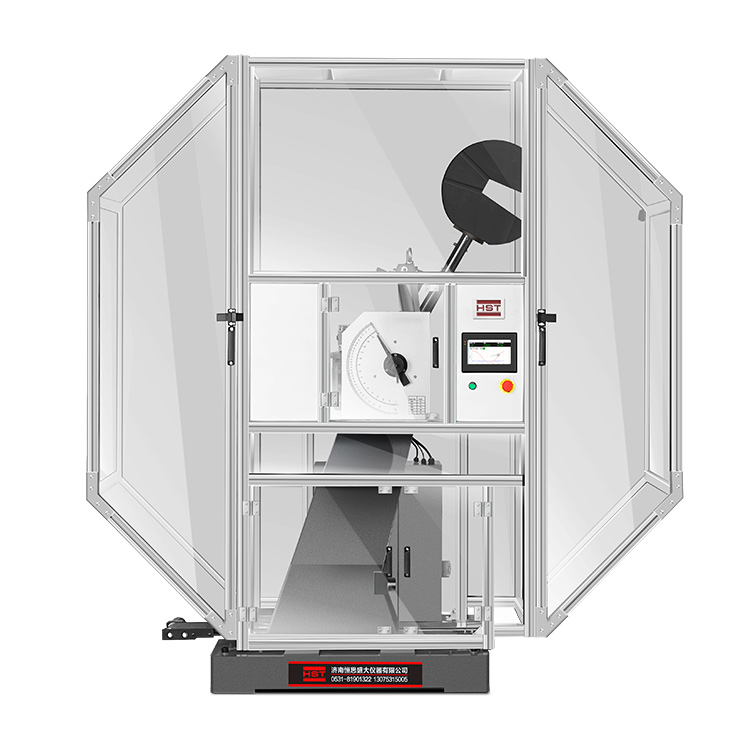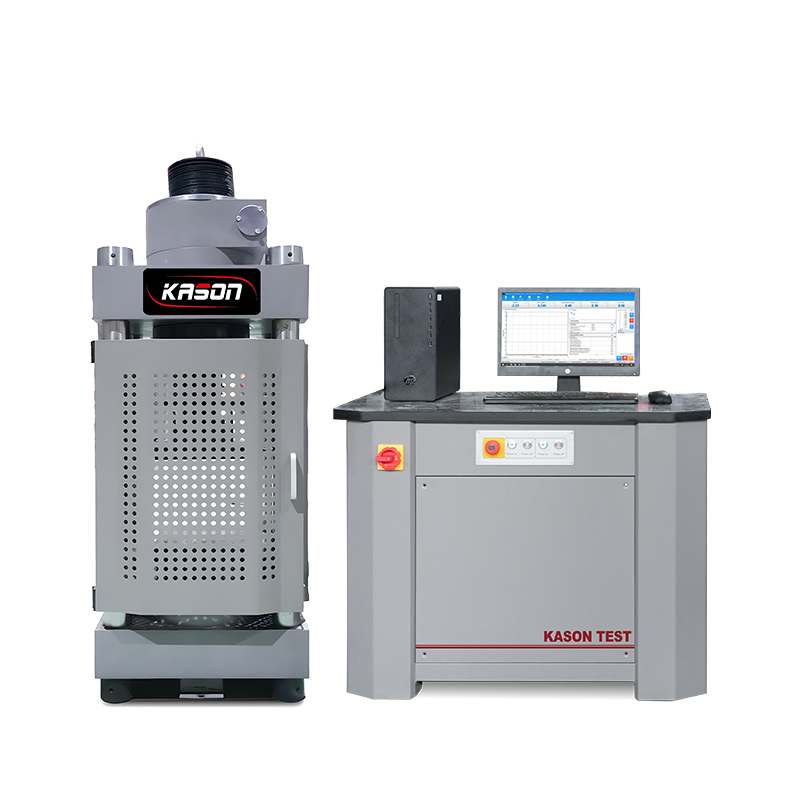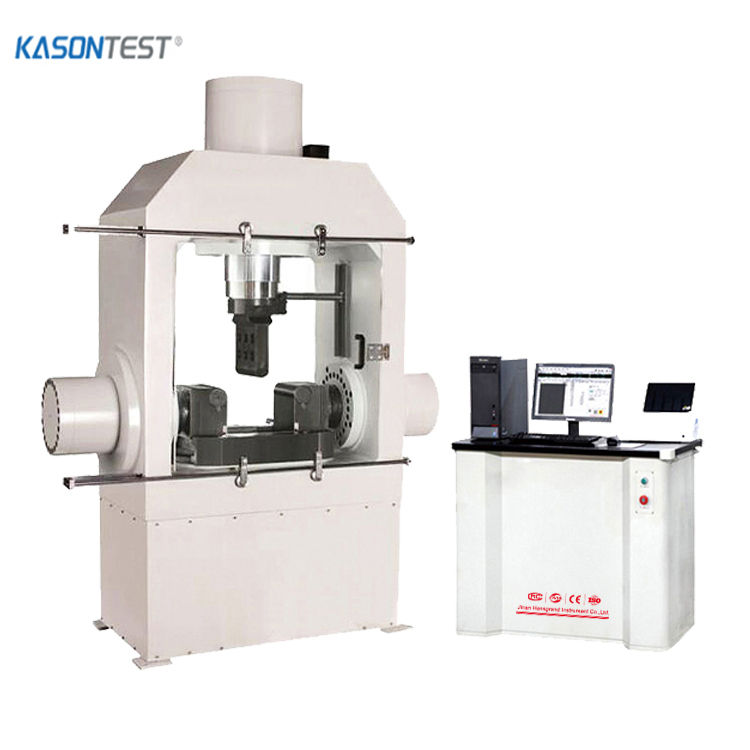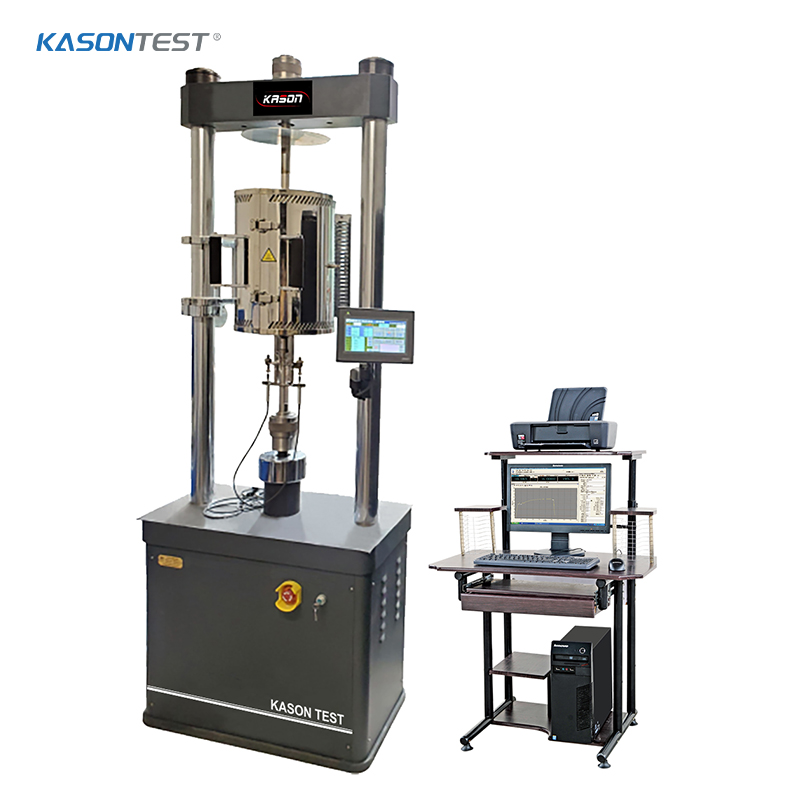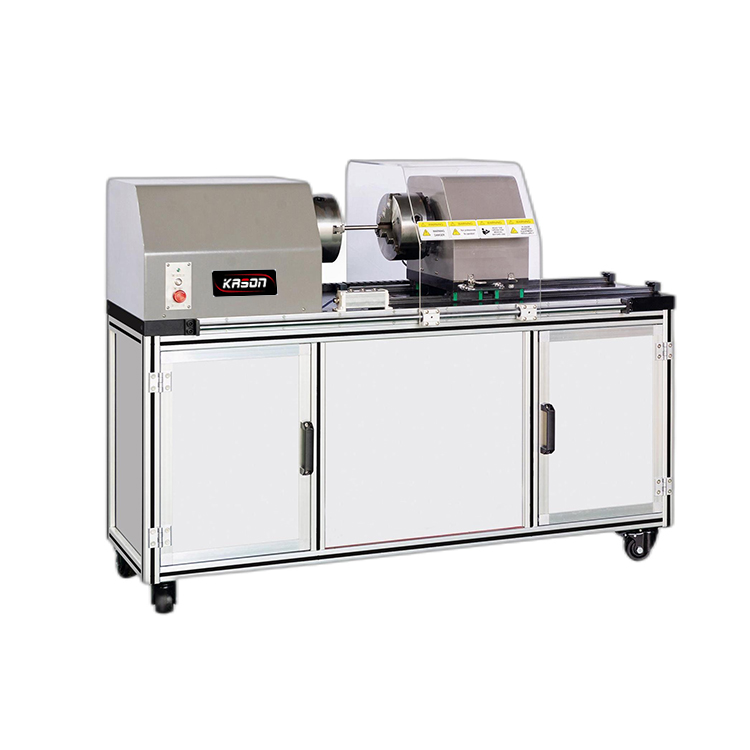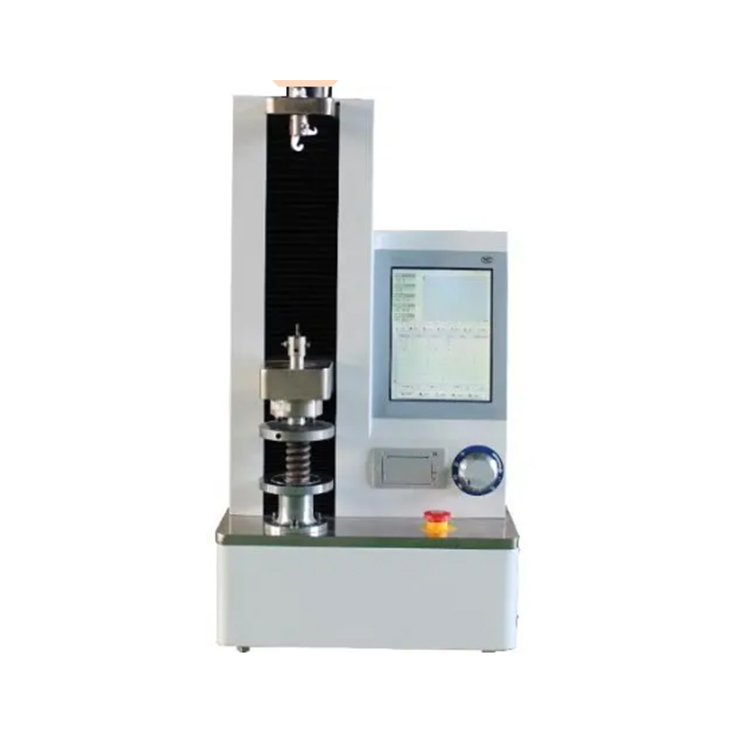Introduction to Adhesion Testing
Adhesion testing is a vital procedure in materials science and engineering, dedicated to assessing the strength of the bond formed between two materials. This bond can exist between an adhesive and its substrate, a coating and the surface it covers, or any two components joined together. The primary objective is to determine how well these materials adhere under different circumstances, making it an essential part of ensuring the functionality, longevity, and safety of products in a wide array of industries.
The significance of adhesion testing lies in its ability to prevent potential failures. A weak bond can result in a range of issues, from the annoyance of a peeling label on a consumer product to the danger of a critical part coming loose in an aircraft or a building structure. By evaluating the strength of the bond, manufacturers can make informed decisions about which materials to use, refine their production methods, and ensure that their products meet the necessary industry standards and regulations.
There are several main methods employed in adhesion testing, each designed to suit specific types of materials and applications. Tape testing is a straightforward and economical approach. It involves applying a standard adhesive tape to the coated surface, pressing it firmly, and then quickly peeling it off. The amount of coating that comes off with the tape gives a qualitative indication of the adhesion quality, making it perfect for initial inspections of paints and thin films.
Pull-off testing, in contrast, offers quantitative data. It uses a specialized machine to measure the tensile force needed to separate the bonded material from the substrate. A metal disc, or dolly, is attached to the coating, and the machine pulls upward until the bond breaks. The force at which this occurs is recorded, providing valuable information for assessing coatings on materials like metal, concrete, or wood, which is crucial in construction and infrastructure projects.
Shear adhesion testing focuses on the bond's ability to withstand forces applied parallel to the joint. It measures the maximum strength the bond can handle when the two bonded substrates are pulled in opposite directions along the plane of the bond. This method is particularly important for structural adhesives used in machinery and automotive parts, where the joints are subjected to lateral stress.
Cross-cut testing involves making a grid of intersecting cuts through the coating down to the substrate. Adhesive tape is then applied over the grid and peeled off, and the damage to the grid is evaluated and graded. This method is commonly used for testing paints and lacquers on surfaces such as metal or plastic, ensuring they adhere properly in industries like appliance manufacturing.
Adhesion testing is governed by strict international standards, such as ASTM D3359 for tape testing and ISO 4624 for pull-off testing. These standards ensure that the testing procedures are consistent, allowing for reliable comparison of results across different laboratories and production batches. Factors such as the preparation of the surface (including its cleanliness and roughness), environmental conditions like temperature and humidity, and the calibration of testing equipment all have a significant impact on the accuracy of the test results.

